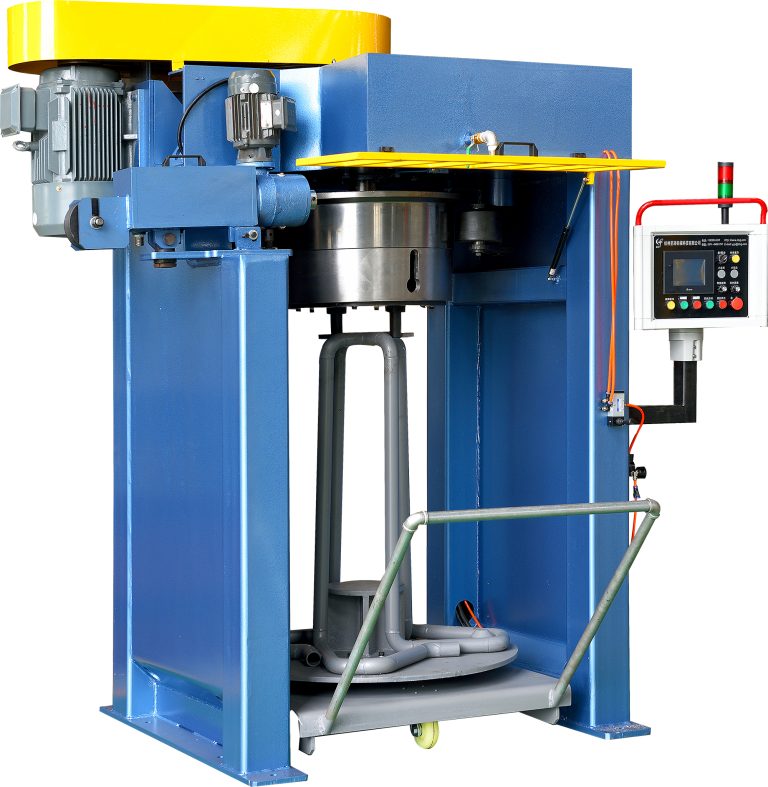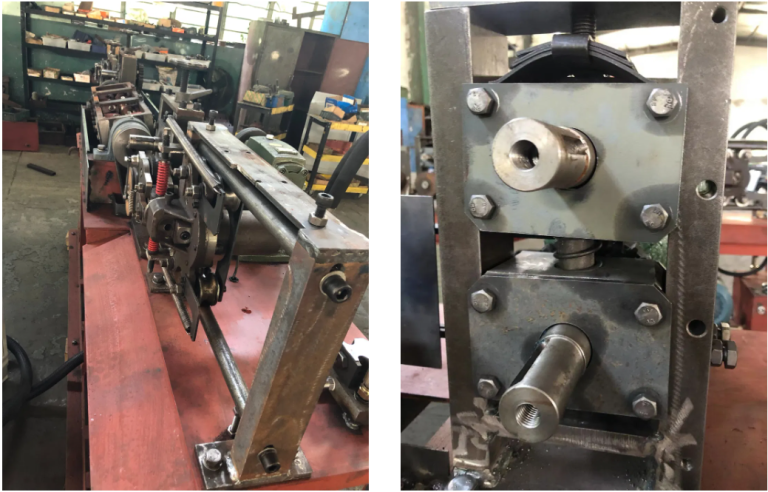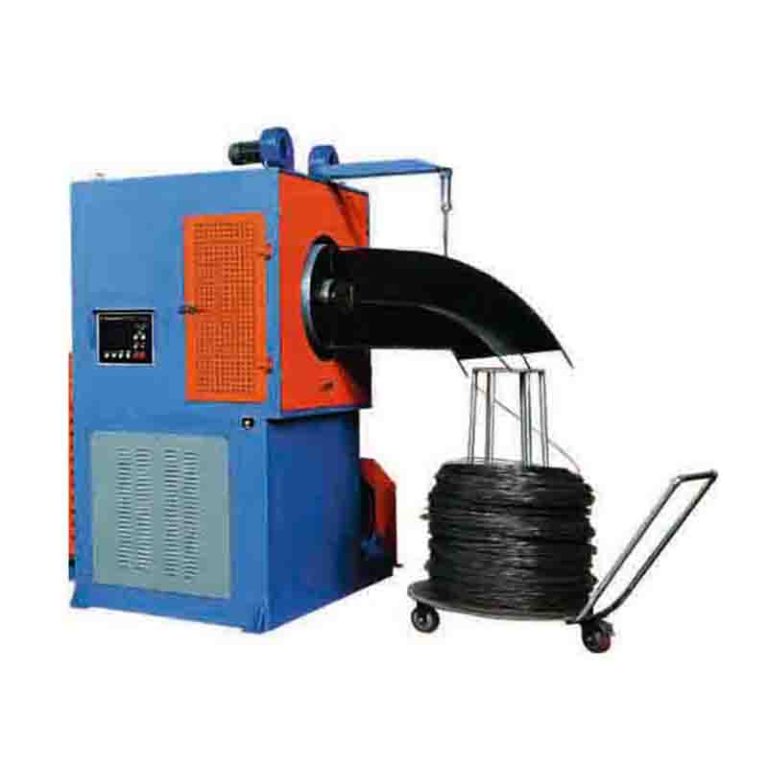عملية إنتاج أسلاك الزنك في الصين
فوائد استخدام أسلاك الزنك في الصناعات الصينية
[معرف التسمية التوضيحية = “attachment_2026” محاذاة = “alignnone” العرض = “1447”]
الأثر البيئي لصناعة أسلاك الزنك في الصين

بالإضافة إلى تلوث الهواء، يؤدي إنتاج أسلاك الزنك أيضًا إلى توليد كميات كبيرة من مياه الصرف الصحي والنفايات الصلبة. تحتوي مياه الصرف الصحي الناتجة أثناء عملية التصنيع على معادن ثقيلة ومواد سامة أخرى يمكن أن تلوث مصادر المياه وتضر بالنظم البيئية المائية. يمكن أيضًا أن تشكل النفايات الصلبة المتولدة، مثل الخبث والغبار، تهديدًا للبيئة إذا لم يتم إدارتها والتخلص منها بشكل صحيح.
ولمعالجة هذه المخاوف البيئية، نفذت الحكومة الصينية لوائح ومعايير للتحكم في الانبعاثات والنفايات الناتجة عن الزنك. مرافق تصنيع الأسلاك. ومع ذلك، فإن تطبيق هذه اللوائح يمكن أن يكون متساهلاً، مما يؤدي إلى استمرار التلوث والتدهور البيئي.
إحدى الطرق للتخفيف من الأثر البيئي لتصنيع أسلاك الزنك في الصين هي الاستثمار في تقنيات الإنتاج الأنظف. من خلال اعتماد عمليات وتقنيات أكثر كفاءة، يمكن للمصنعين تقليل انبعاثاتهم وتوليد النفايات، مما يؤدي إلى عملية إنتاج أكثر استدامة وصديقة للبيئة.
هناك طريقة أخرى لتقليل التأثير البيئي لتصنيع أسلاك الزنك وهي تعزيز إعادة تدوير وإعادة استخدام مواد الزنك . من خلال إعادة تدوير خردة الزنك ونفاياته، يمكن للمصنعين تقليل الحاجة إلى إنتاج الزنك البكر، مما يمكن أن يساعد في الحفاظ على الموارد الطبيعية وتقليل التلوث.
علاوة على ذلك، يحتاج أصحاب المصلحة في صناعة أسلاك الزنك، بما في ذلك الشركات المصنعة والوكالات الحكومية والمنظمات البيئية، إلى العمل معًا لتطوير وتنفيذ الممارسات والسياسات المستدامة. يعد التعاون والتواصل بين أصحاب المصلحة هؤلاء أمرًا ضروريًا لمواجهة التحديات البيئية المرتبطة بتصنيع أسلاك الزنك في الصين.
في الختام، يعد التأثير البيئي لتصنيع أسلاك الزنك في الصين قضية ملحة تتطلب اهتمامًا وعملًا فوريًا. ومن خلال تنفيذ تقنيات الإنتاج الأنظف، وتشجيع إعادة التدوير وإعادة استخدام مواد الزنك، وتعزيز التعاون بين أصحاب المصلحة، يمكننا العمل نحو صناعة أسلاك الزنك أكثر استدامة وصديقة للبيئة في الصين. ومن الأهمية بمكان لجميع الأطراف المعنية إعطاء الأولوية لحماية البيئة واستدامتها من أجل ضمان بيئة صحية ومزدهرة للأجيال القادمة.
Environmental Impact of Zinc Wire Manufacturing in China
Zinc wire is a crucial component in various industries, including construction, automotive, and electronics. In China, the production of zinc wire has seen a significant increase in recent years due to the country’s booming economy and growing demand for zinc-based products. However, the environmental impact of zinc wire manufacturing in China is a growing concern that needs to be addressed.
One of the main environmental issues associated with zinc wire manufacturing in China is air pollution. The production process of zinc wire involves the melting of zinc ingots, which releases harmful pollutants such as sulfur dioxide and nitrogen oxides into the atmosphere. These pollutants can contribute to smog formation and acid rain, which can have detrimental effects on human health and the environment.

In addition to air pollution, the production of zinc wire also generates large amounts of wastewater and solid waste. The wastewater produced during the manufacturing process contains heavy metals and other toxic substances that can contaminate water sources and harm aquatic ecosystems. The solid waste generated, such as slag and dust, can also pose a threat to the environment if not properly managed and disposed of.
To address these environmental concerns, the Chinese government has implemented regulations and standards to control emissions and waste from zinc wire manufacturing facilities. However, enforcement of these regulations can be lax, leading to continued pollution and environmental degradation.
One way to mitigate the environmental impact of zinc wire manufacturing in China is to invest in cleaner production technologies. By adopting more efficient processes and technologies, manufacturers can reduce their emissions and waste generation, leading to a more sustainable and environmentally friendly production process.
Another approach to reducing the environmental impact of zinc wire manufacturing is to promote recycling and reuse of zinc materials. By recycling zinc scrap and waste, manufacturers can reduce the need for virgin zinc production, which can help conserve natural resources and reduce pollution.
Furthermore, stakeholders in the zinc wire industry, including manufacturers, government agencies, and environmental organizations, need to work together to develop and implement sustainable practices and policies. Collaboration and communication among these stakeholders are essential to address the environmental challenges associated with zinc wire manufacturing in China.
In conclusion, the environmental impact of zinc wire manufacturing in China is a pressing issue that requires immediate attention and action. By implementing cleaner production technologies, promoting recycling and reuse of zinc materials, and fostering collaboration among stakeholders, we can work towards a more sustainable and environmentally friendly zinc wire industry in China. It is crucial for all parties involved to prioritize environmental protection and sustainability in order to ensure a healthy and thriving environment for future generations.






